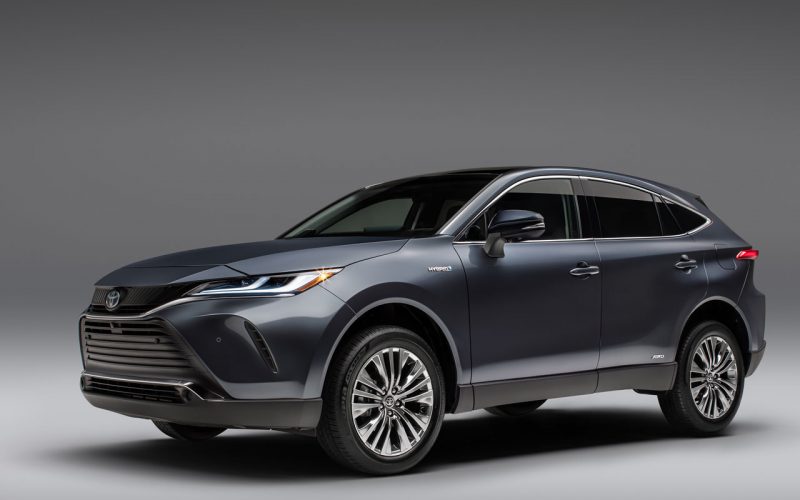
Reading Time: 9 minutesRemember the Venza? Toyota was fairly early to the mid-size crossover utility party with its 2009–2015
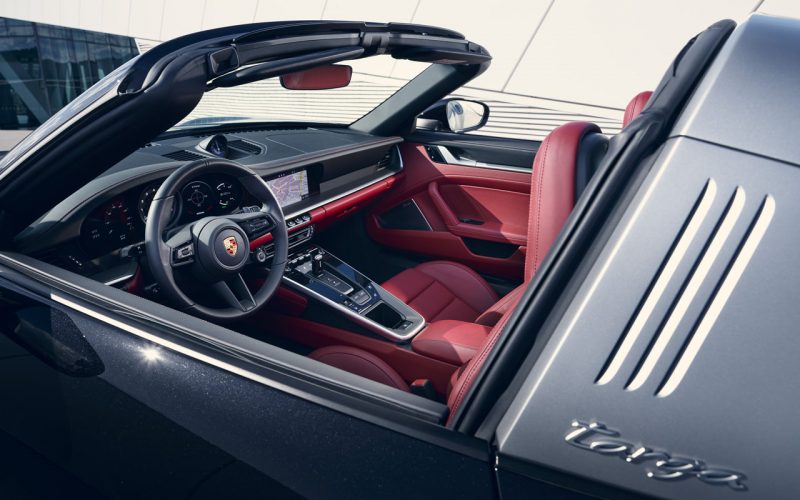
Reading Time: 8 minutesWith the redesigned 992-generation Porsche 911 Coupe and Cabriolet body styles now widely available, and plenty
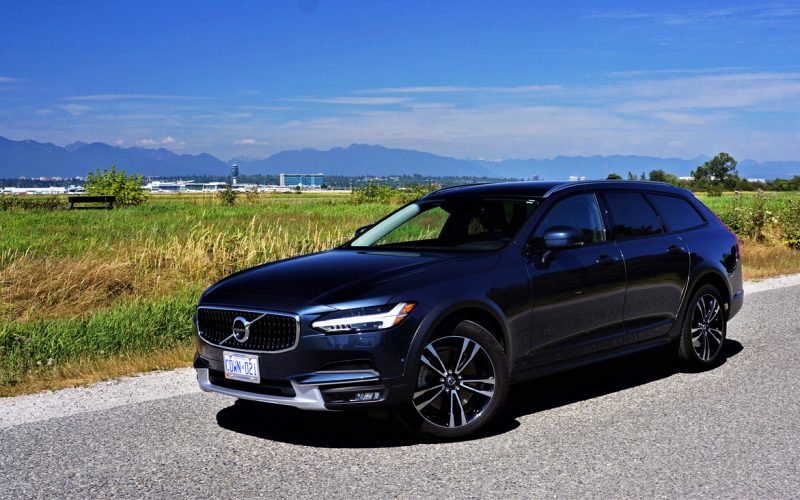
Reading Time: 13 minutesBack in early 2017, Volvo asked us to “rediscover [our] passion in life” in a then
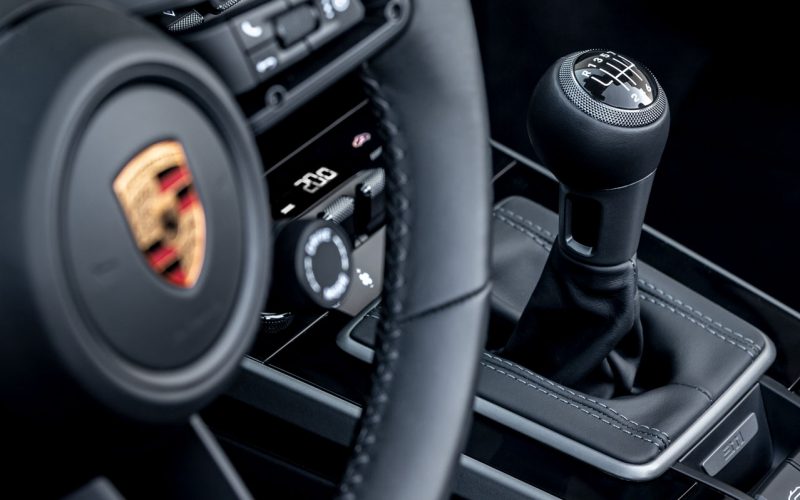
Reading Time: 3 minutesPorsche introduced its 2021 911 Turbo S Coupe and Cabriolet just two months ago, and now
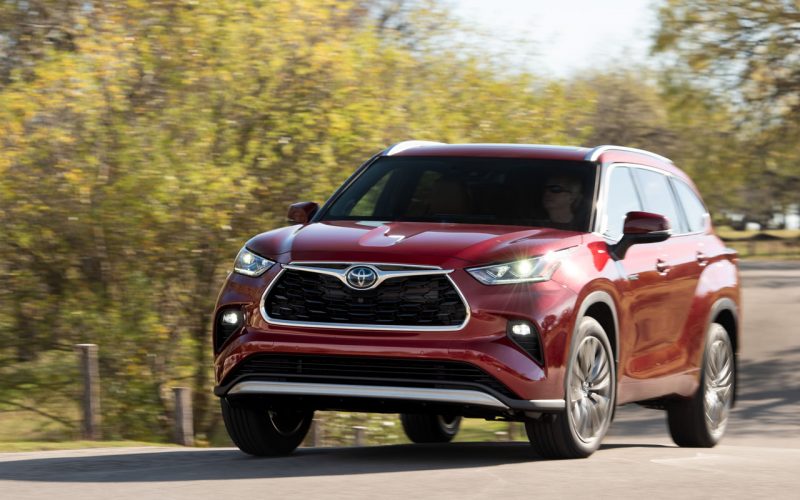
Reading Time: 3 minutesNo other automaker has sold more hybrid electric vehicles than Toyota, the brand having initiated the
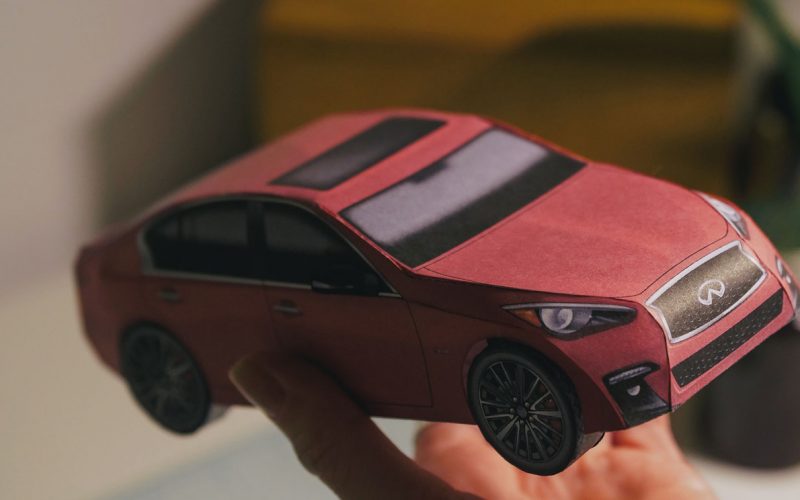
Reading Time: 4 minutesAlthough there has recently been talk about reopening our economy, for the most part we’re still
© 2025 The Car Magazine. All Rights Reserved, Privacy Policy | Terms of Use